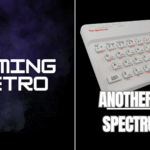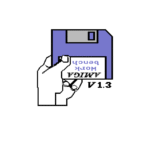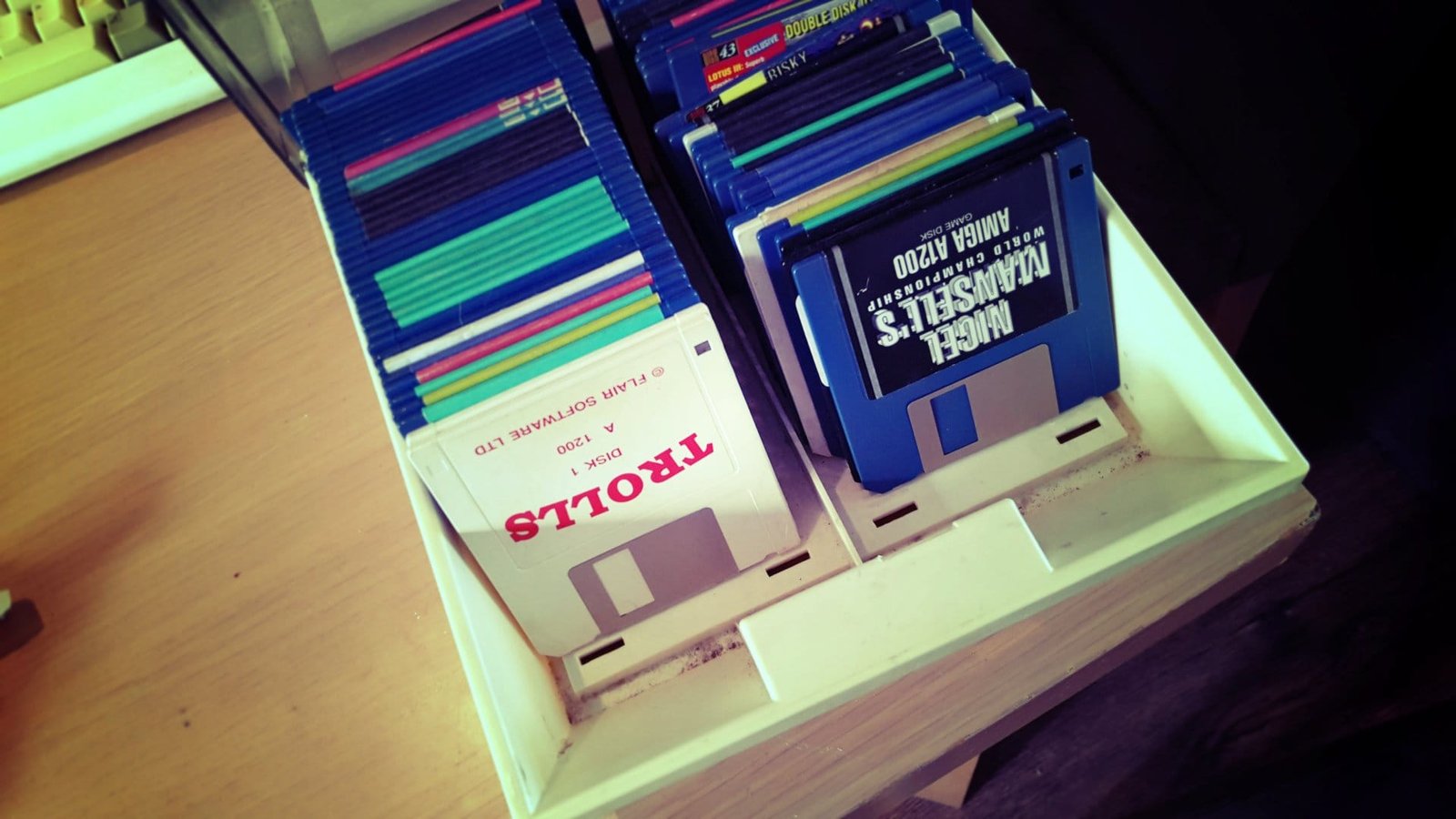I recall a series of competitive 1990s two player Amiga gaming sessions, with a list of the games that would challenge any friendship…
One of the best things about the Commodore Amiga is that along with its sims and strategy titles, it also included a nice collection of two-player games. Back in the 1990s, and specifically in 1992 when GCSE exams were out of the way and college was 12 weeks away, I would meet up with my best friend, and we’d compete over a series of two-player challenges.
The oddly numbered schedule of games — we could have no draw — was drawn from the titles in this list. Typically, we’d run to 5 games, although if time was short, 3 would do the trick.
What you’re about to read is information known only by two people, although I suspect one of us has forgotten most of it. Let’s hope that person isn’t me. Below are the games that two good friends would use in an unnecessary display of digital superiority…
Lemmings
This is the game that started it all. If my mate turned up carrying an Amiga mouse, then it was inevitable that we would play Lemmings.
Unknown to many people, Lemmings has a simultaneous two-player mode. But it wasn’t something you would typically play, as an Amiga mouse would typically set you back about £30-40, equivalent to about £75 today.
I’ll be honest, this one almost always went against me. I’m okay at Lemmings, but not good enough to beat someone else. You see, the two-player game is pretty fiendish, as both teams of Lemmings are playing on the same map, which opens plenty of opportunities for sabotage.
Brutal stuff.
Lotus Esprit Turbo Challenge
While not the first split screen racing game on the Amiga, Lotus Esprit Turbo Challenge was considerably more advanced than any of its contemporaries. Coming along around the same time as the Chase HQ arcade port, the difference in both graphics and playability was striking — and Chase HQ didn’t even have a simultaneous two player mode.
Graphically strong, the interesting thing about the game was that it was endorsed by Lotus, it wasn’t able to show the cars being damaged. So, even when you crashed, the car was undamaged. With butter smooth scrolling and handling, this is one of the top games on Amiga, full-stop.
But Lotus was made for two player action, and this is where it really shined. Such a fun driving game, it should be a key inclusion in any retro gaming match. Great soundtrack, too!
Lotus Esprit Turbo Challenge had several sequels that are also worth playing.
Manchester United Europe
I’ll start this off by underlining that for me, football arcade games peaked with Kick Off 2 and Player Manager. I’m a big fan of Sensible Soccer and SWOS (which is still updated and celebrated) for those who don’t appreciate Dino Dini’s work, but in most cases I would draw a line at Manchester United Europe.
Unfortunately, it is the only football game my schoolmate could handle, so we would play it regardless. Sometimes it even went in his favour!
Otherwise, I’m not a fan of the game, and found it too easy to beat. But it works for two-player action, at least.
Super Cars 2
If you want destructive two-player action that could spill into the next day at school, Super Cars 2 is where it’s at. This is a top-down racer, like Super Sprint, but with weapons. Rockets, landmines, and more are used to deal with other cars on the track, all with the aim of getting to the finish line first.
Throw in a split screen that made it a little trickier to see what was going on around you, and you’re neck-deep in on-track rivalry. It’s a demolition derby for friendship, and is absolutely a top choice for any Amiga games night.
(Incidentally, Super Cars 2 and Lotus Esprit Turbo Challenge were both by Magnetic Fields, and published through Gremlin Graphics.)
Amiga Tanx
I may be wrong, but I’m pretty sure Tanx was a public domain (PD) title, available at least once a year on cover disks. The thing is, it’s an absolutely super two-player game, a sort of precursor to Worms, but where your only weapon is a tank.
Set the angle of elevation, judge the windspeed and direction, and give the cannon enough power to hit the enemy tank, and you should win pretty quickly. But with so many permutations and the ribbing from your opponent, things can get tricky.
Tanx is a great game, considering its simplicity.
Speedball II
Owing more than a little to the 1975 James Caan movie Rollerball, the frantic action in Speedball 2 could break a friendship if you got a bit too committed to the game. It’s a combination of rugby (or American Football) and Rollerball, skipping the velodrome in favour of a more ice hockey-like arena.
Speedball 2 is high-octane stuff, and while it has a good campaign option, it really shines in two-player mode. If you fancy playing it without an A500 Mini or emulation, a faithful upgrade, Speedball 2 HD, is for available for Windows exclusively through Steam, with HD graphics.
Jimmy White’s Whirlwind Snooker
Jimmy White was the Ronnie O’Sullivan of the 1980s and 90s, a hugely talented snooker player, albeit unable to grab the big world championship.
While snooker and pool games have never really been as popular as they could be, Jimmy White’s Whirlwind Snooker was ideal for lads raised on Spring Bank Holiday snooker tournaments on BBC2. Possibly the most well-known game by the late Archer MacLean, it had a working title of “147” and was followed by Archer MacLean’s Pool.
However, Jimmy White’s endorsement definitely made this an attractive option for a games night.
No Worms among these two player Amiga games?
Of course, the ultimate multiplayer title for Amiga is Worms. But that game came out in 1995 (with the original Worms: The Director’s Cut coming in 1997), by which time anyone who was going to engage in a multi-game battle for the death had left for university.
In many ways, 1995 marks the beginning of the end for Amiga use, but if you’re looking for some two-player Amiga games for a great gaming night, these are ideal. You should be able to find them for the A500 Mini, but they can run in an emulator or any modern Amiga device.
Affiliate Disclosure: Some of the links in this post may be affiliate links, which means I may earn a small commission if you make a purchase through those links. This comes at no extra cost to you. Thank you for your support!
Christian Cawley is the founder and editor of GamingRetro.co.uk, a website dedicated to classic and retro gaming. With over 20 years of experience writing for technology and gaming publications, he brings considerable expertise and a lifelong passion for interactive entertainment, particularly games from the 8-bit and 16-bit eras.
Christian has written for leading outlets including TechRadar, Computer Weekly, Linux Format, and MakeUseOf, where he also served as Deputy Editor.
When he’s not exploring vintage consoles or retro PCs, Christian enjoys building with LEGO, playing cigar box guitar, and experimenting in the kitchen.









